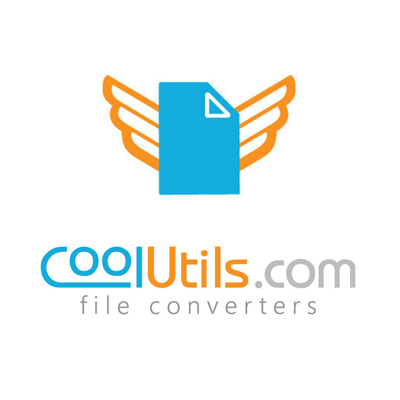Converting XML to HTML is a common task for web developers and content creators. XML (eXtensible Markup Language) is a versatile and flexible markup language, often used for storing and transporting data. On the other hand, HTML (Hypertext Markup Language) is the standard markup language for creating web pages. Converting XML to HTML is necessary when you want to present the XML data in a web-friendly format or display it in a browser. By converting XML to HTML, you can easily integrate the data into your website, making it accessible and readable to users. Whether you are looking to display XML data in a more visually appealing format or incorporate it into a website, our XML to HTML converter will help you accomplish the task. Our converter offers a simple and efficient solution, allowing you to convert your XML files to HTML with just a few clicks. No technical expertise is required, making it suitable for beginners and experienced users alike. Start converting your XML files to HTML today with our easy-to-use converter!




XML files, short for Extensible Markup Language files, are commonly used to store and transport data. They are designed to be easily readable by both humans and machines, making them suitable for a wide range of applications. XML files use tags to define elements and their attributes, similar to HTML. These tags are enclosed in angle brackets and can be nested within each other, allowing for a hierarchical structure to be created. The flexibility of XML files allows for the definition of custom tags and data types, making XML a highly versatile format. XML also supports the use of documents called Document Type Definitions (DTDs) or XML Schemas to define the structure and content of the data within the file.
HTML files, also known as Hypertext Markup Language files, are a type of text document that contains the code used to structure the content of a website. These files are fundamental building blocks of web pages and are designed to be interpreted by web browsers. They consist of a series of elements, tags, and attributes that define the structure and formatting of a web page, such as headings, paragraphs, links, images, and more. HTML files are written using simple text-based syntax and can be created and edited using various text editors or integrated development environments (IDEs). When a user visits a website, their browser interprets the HTML files to render the content and display it in a visually appealing and interactive way.